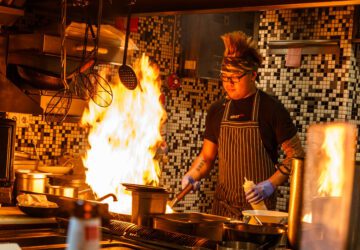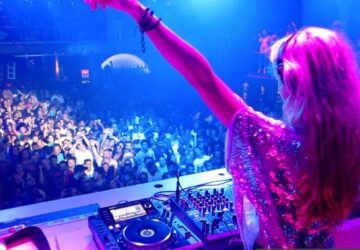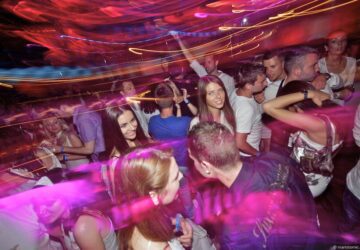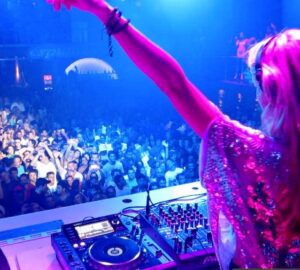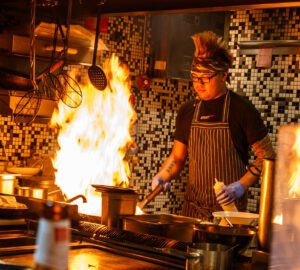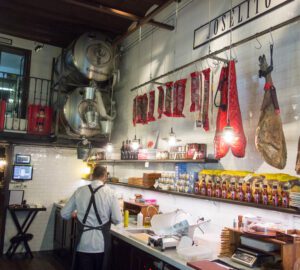Vienna, the elegant capital of Austria, boasts a rich tapestry of imperial history and cultural heritage. Key attractions include the majestic Schönbrunn Palace, a testament to the grandeur of the Habsburg dynasty; the Belvedere Palace, with its esteemed art collection; the iconic St. Stephen’s Cathedral, standing tall in the heart of the city; the expansive Hofburg Imperial Palace, echoing tales of emperors past; and the world-renowned Vienna State Opera, symbolizing the city’s deep-rooted musical traditions. These landmarks encapsulate Vienna’s enduring allure, drawing millions to its timeless charm.
Austria is a symphony of natural beauty and cultural richness, where the melody of the mountains harmonizes with the elegance of the cities.
Gregor Mendel
Schönbrunn Palace
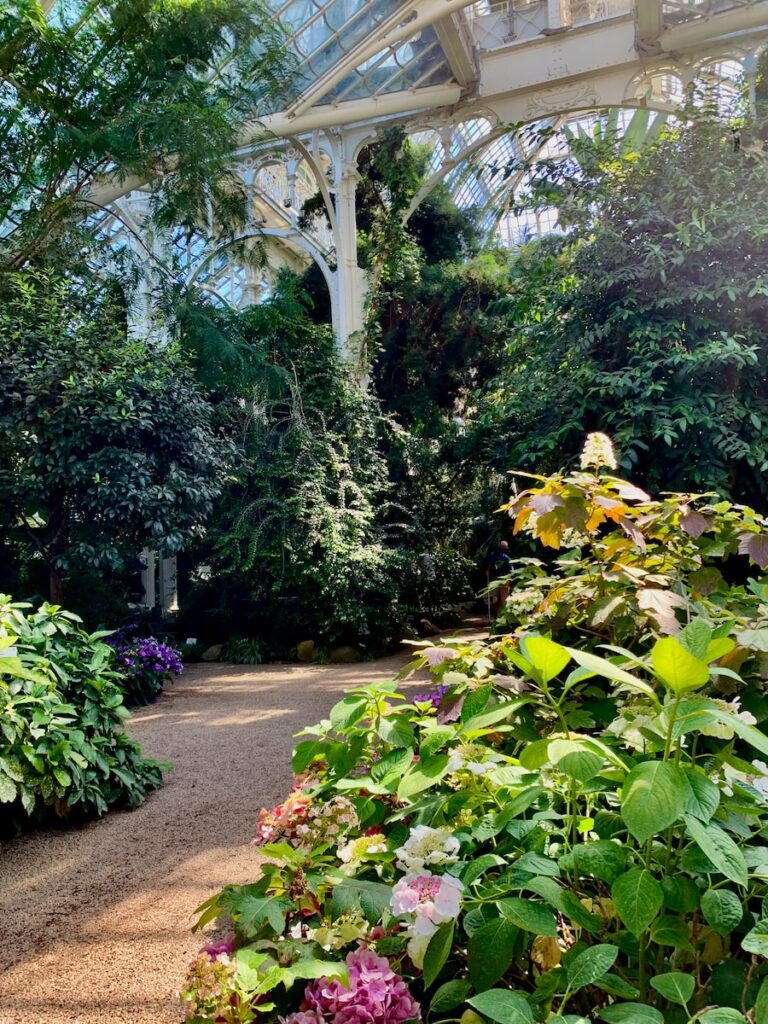
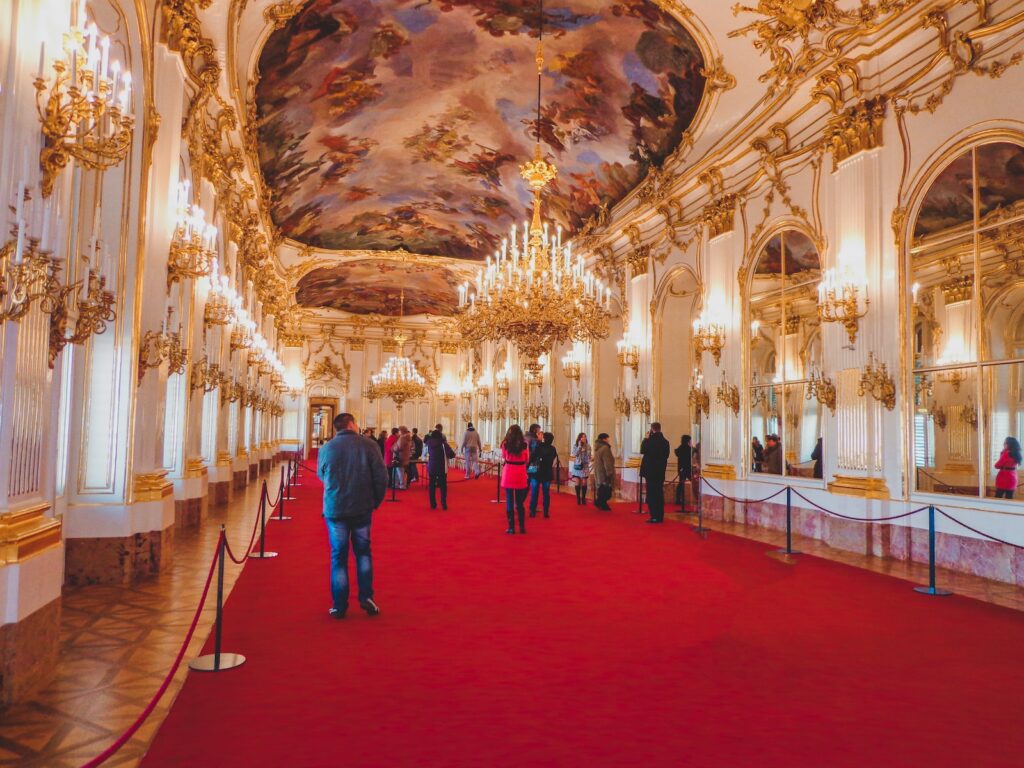

Schönbrunn Palace offers a multi-faceted tourism experience, blending architectural grandeur, historical insights, and pristine natural beauty.
Palace Tour: As visitors step inside the palace, they’re transported to the era of the Habsburg monarchy. They can walk through elegantly furnished rooms, each echoing tales of grand banquets, political decisions, and intimate family moments. Among the highlights are the Great Gallery, used for lavish celebrations, and the Mirror Room, where a young Mozart once performed.
Gardens:
Stepping outside, visitors are greeted by vast, meticulously manicured gardens. The Baroque layout provides not only a peaceful retreat but also a visual treat with its numerous fountains, statues, and intricate flower arrangements.
Gloriette: Situated on a hilltop, this structure offers panoramic views of the palace and the city of Vienna. A morning climb here can be both refreshing and rewarding.
Schönbrunn Zoo: Recognized as the world’s oldest zoo, it continues to enchant visitors with a diverse array of species and carefully curated habitats. Established in 1752, the zoo offers a blend of history and conservation awareness.
Maze and Labyrinth: Fun for both kids and adults, these garden features challenge visitors to find their way through intricate pathways, all the while enjoying the surrounding greenery.
Palm House: This is a stunning iron and glass structure housing a variety of tropical and subtropical plants. The intricate architecture and the lush greenery create a photogenic environment.
Events and Concerts: The palace often hosts classical concerts, reflecting Vienna’s musical heritage. Sitting in historic rooms, listening to Mozart or Strauss, adds a timeless quality to the visitor’s experience.
Workshops and Children’s Programs: For younger visitors, Schönbrunn offers themed guided tours, hands-on workshops, and interactive programs that make history come alive in an engaging manner.
Overall, a visit to Schönbrunn Palace isn’t just a walk through a historical monument; it’s an immersion into Austrian culture, history, and natural beauty. Whether one is there for a few hours or an entire day, the palace promises a memorable experience.
Belvedere Palace
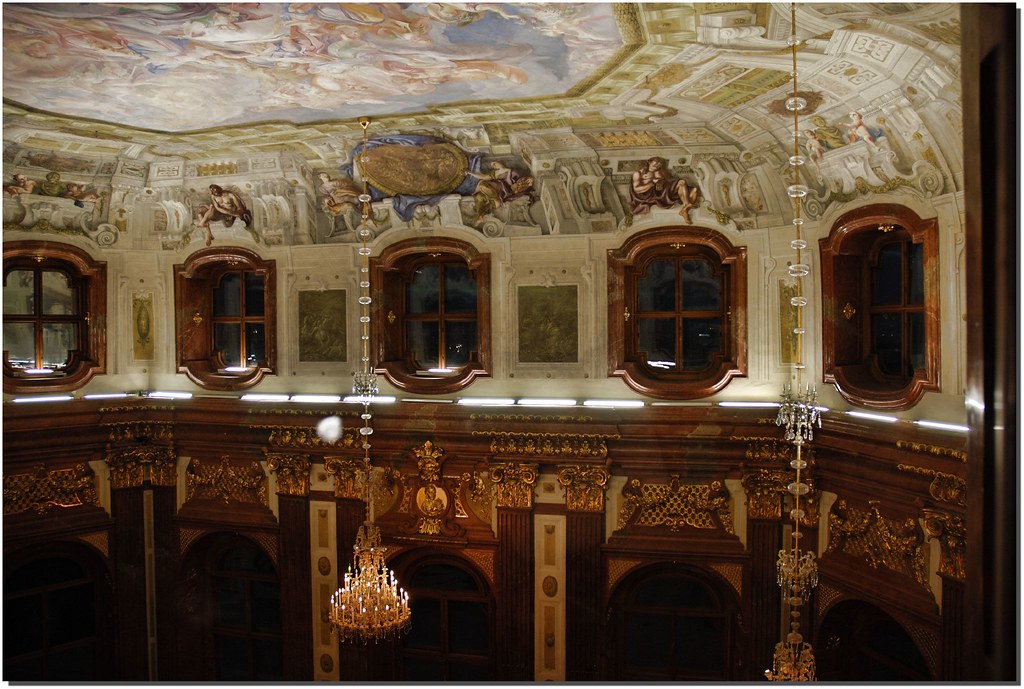
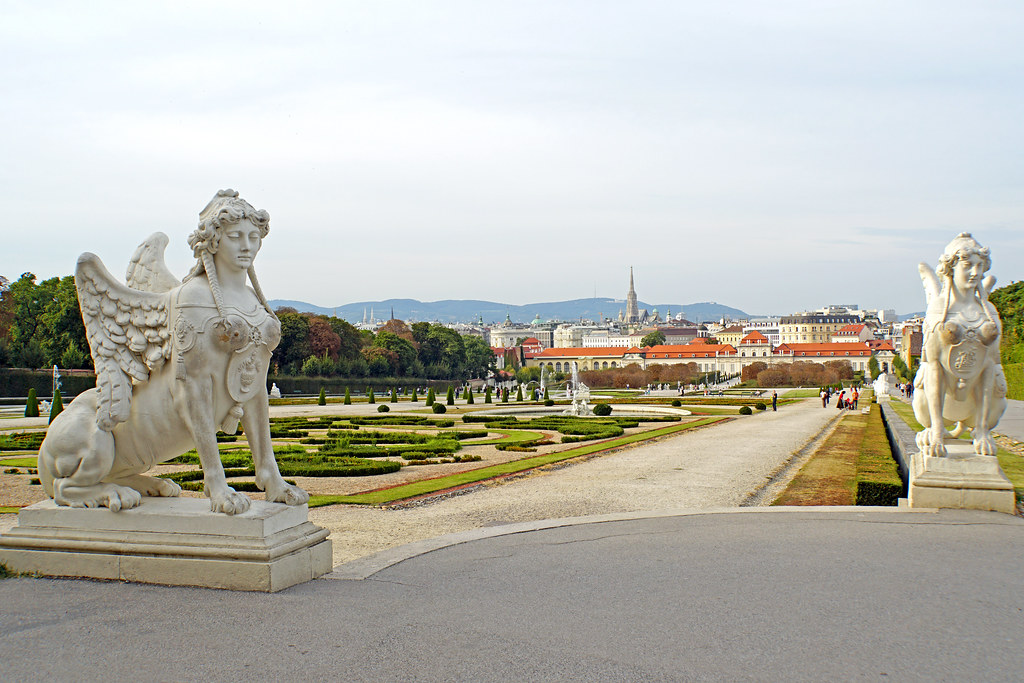
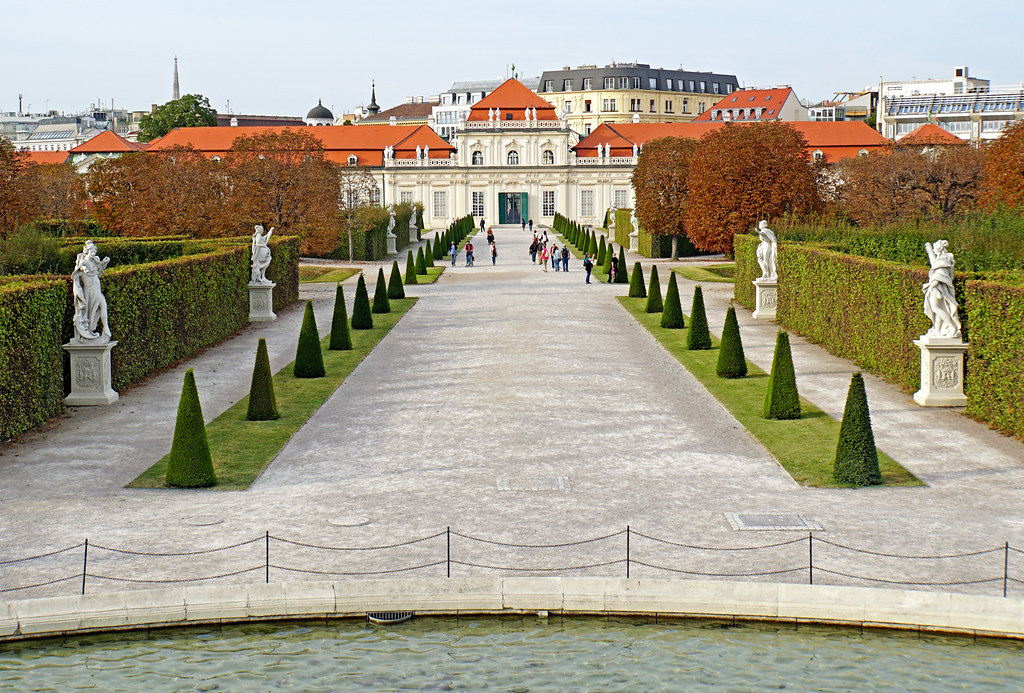
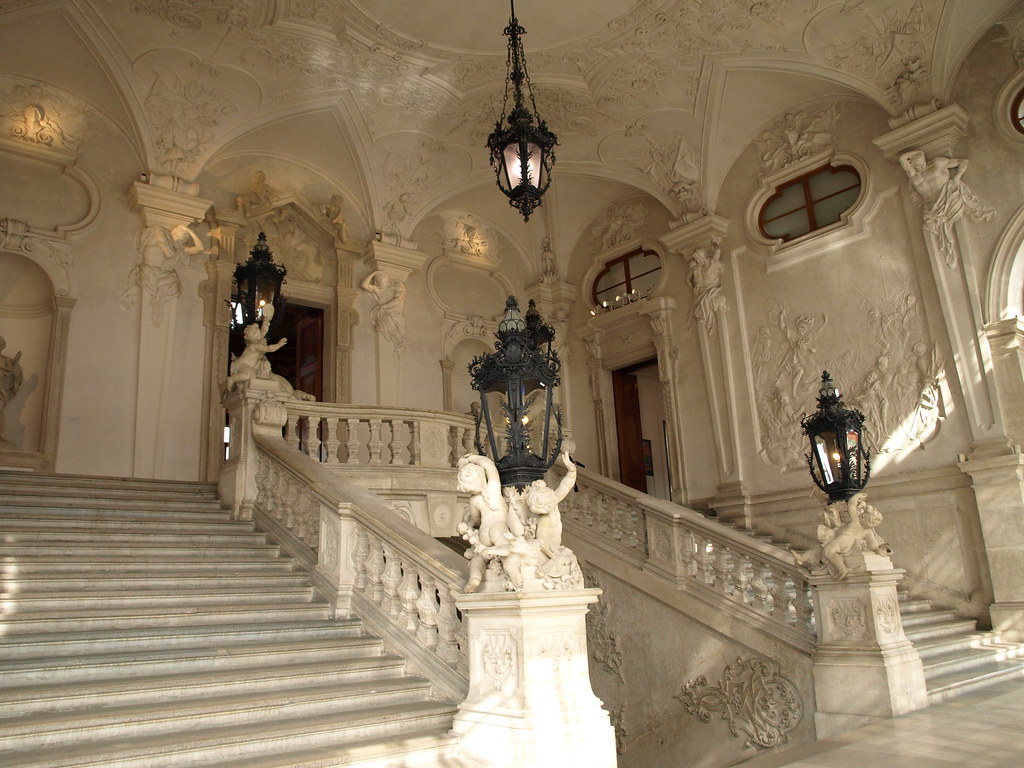

The Belvedere Palace in Vienna is not just a single structure but a complex of historic buildings and gardens, which together create a rich tapestry of art, architecture, and history.
Palace Interiors: Stepping into the Belvedere, visitors are immediately struck by the splendor of its Baroque architecture and interiors. Both the Upper and Lower Belvedere house a vast collection of art. The Upper Belvedere, in particular, is renowned for its art gallery which boasts works from the Middle Ages to the present day. Among the most celebrated pieces is Gustav Klimt’s “The Kiss”, an icon of early 20th-century art.
Gardens: The palace grounds are equally impressive. The Baroque gardens between the two palaces are a symphony of fountains, cascades, and sculptures, meticulously designed to create a serene yet grand ambiance. Meandering through them offers both a sensory delight and a lesson in historical garden design.
Belvedere 21: This modern extension to the Belvedere complex is dedicated to contemporary art, presenting works from the 20th century onwards. Its starkly modernist architecture offers a contrast to the historic palaces, making a statement about the continuum of art history.
Events and Concerts: The Belvedere frequently hosts special exhibitions, art installations, and concerts. Attending a classical music performance here, set against the backdrop of historic splendor, provides a truly immersive Viennese experience.
Cafés and Shops: To round off the visit, tourists can enjoy Austrian delicacies at the palace’s cafés or pick up souvenirs and art reproductions from the boutique shops.
Overall, a visit to the Belvedere Palace is a journey through time, celebrating the intersection of art, culture, and history in the heart of Vienna.
St. Stephen’s Cathedral (Stephansdom)
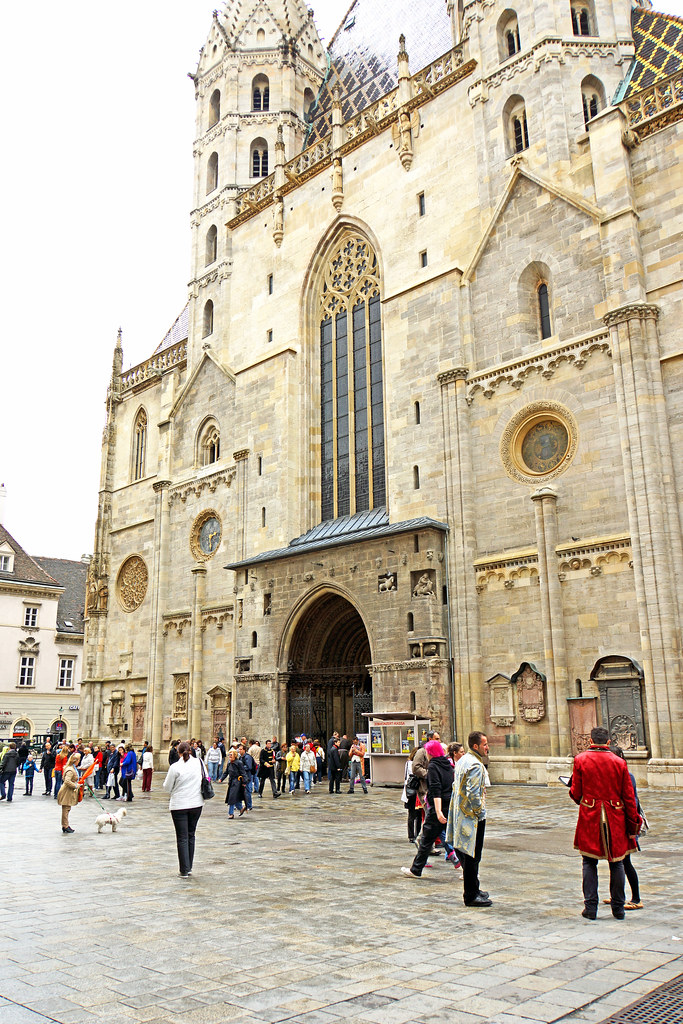
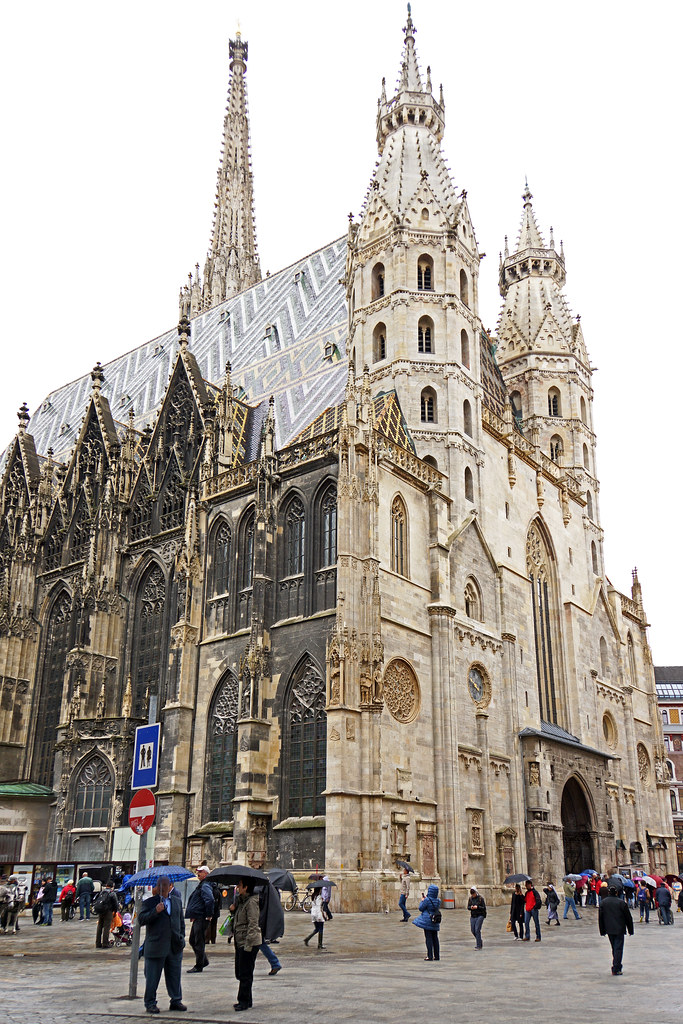


St. Stephen’s Cathedral (Stephansdom) stands as an emblem of Vienna’s rich history and architectural prowess, nestled in the heart of the city’s first district.
Architectural Majesty: Upon arrival, tourists are instantly captivated by the cathedral’s stunning Gothic facade, punctuated by its patterned, multi-colored roof tiles and the soaring South Tower. This tower, reaching a height of 136 meters, is one of the dominant features of Vienna’s skyline.
Interior Splendor: Inside, the cathedral unveils a world of religious artistry and devotion. Stained glass windows cast ethereal lights, while intricately carved stone pillars, altars, and wooden pews reflect the craftsmanship of bygone eras. The catacombs, a somewhat somber but historically significant part of the cathedral, offer insights into Vienna’s past, serving as the final resting place for many notable individuals.
Tower Views: For those seeking a panoramic view, ascending the 343 steps of the South Tower is a must. The climb, though challenging, rewards visitors with a breathtaking vista of Vienna’s cityscape.
Guided Tours: To delve deeper into the cathedral’s history, guided tours are available. These tours not only explain the architectural intricacies and the significance of various artworks but also share legends and stories intertwined with the cathedral’s centuries-long existence.
Music and Services: Given its role as a place of worship, visitors might have the chance to witness a liturgical service or even a concert. The cathedral’s acoustics, especially when paired with the hauntingly beautiful notes of the organ, create a transcendent auditory experience.
A visit to the St. Stephen’s Cathedral (Stephansdom) offers tourists a blend of spiritual reflection, architectural admiration, and a deep dive into the historical tapestry of Vienna.
Hofburg Imperial Palace


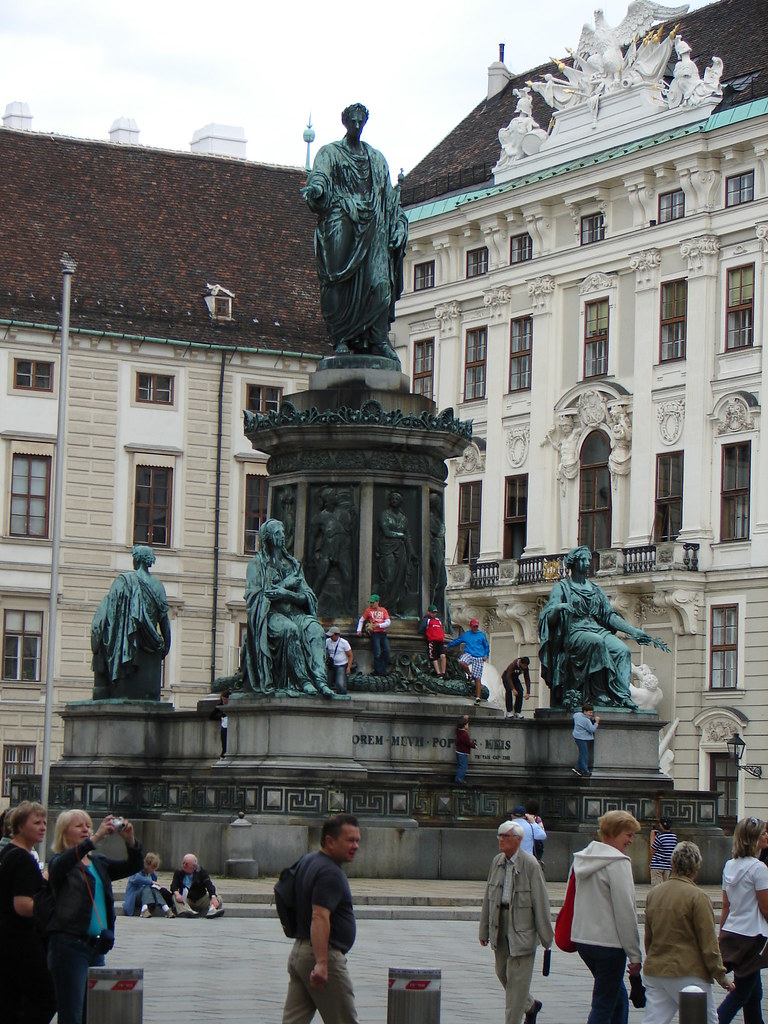
The Hofburg Imperial Palace is a monumental complex in the heart of Vienna, embodying the grandeur and opulence of the Habsburg monarchy that once ruled vast tracts of Europe.
Expansive Complex: A visit to the Hofburg is not just an exploration of a single palace but a sprawling ensemble of buildings, courtyards, and gardens. Each segment of this vast complex has its own story, showcasing different epochs of imperial rule.
Imperial Apartments: Delving into the living quarters of Emperor Franz Joseph and Empress Elisabeth (Sisi) offers an intimate look at the daily lives and personal tastes of the empire’s most iconic rulers. The meticulously preserved rooms, adorned with luxurious furnishings, artworks, and personal artifacts, transport visitors to a time of unparalleled opulence.
Sisi Museum: This museum delves deeper into the life of Empress Elisabeth, juxtaposing her public image with her private life. Through personal belongings, including her famous beauty preparations and exercise equipment, the museum paints a vivid portrait of a complex and enigmatic figure.
Imperial Silver Collection: A testament to the lavish feasts of the Habsburgs, this collection boasts a staggering array of tableware, from ornate centerpieces to intricately designed cutlery. It provides a fascinating insight into the court’s dining culture.
Spanish Riding School: As part of the Hofburg complex, this world-renowned institution offers performances of the Lipizzaner stallions in an age-old equestrian ballet, a living tradition that dates back centuries.
Various Museums and Institutions: The Hofburg is also home to numerous other attractions like the Austrian National Library, with its majestic State Hall, the Imperial Chapel where the Vienna Boys’ Choir performs, and several other museums showcasing arms and armor, ancient musical instruments, and more.
A journey through the Hofburg Imperial Palace is a journey through the ages, capturing the essence of an empire that, at its zenith, shaped the course of European history.
Vienna State Opera (Wiener Staatsoper)
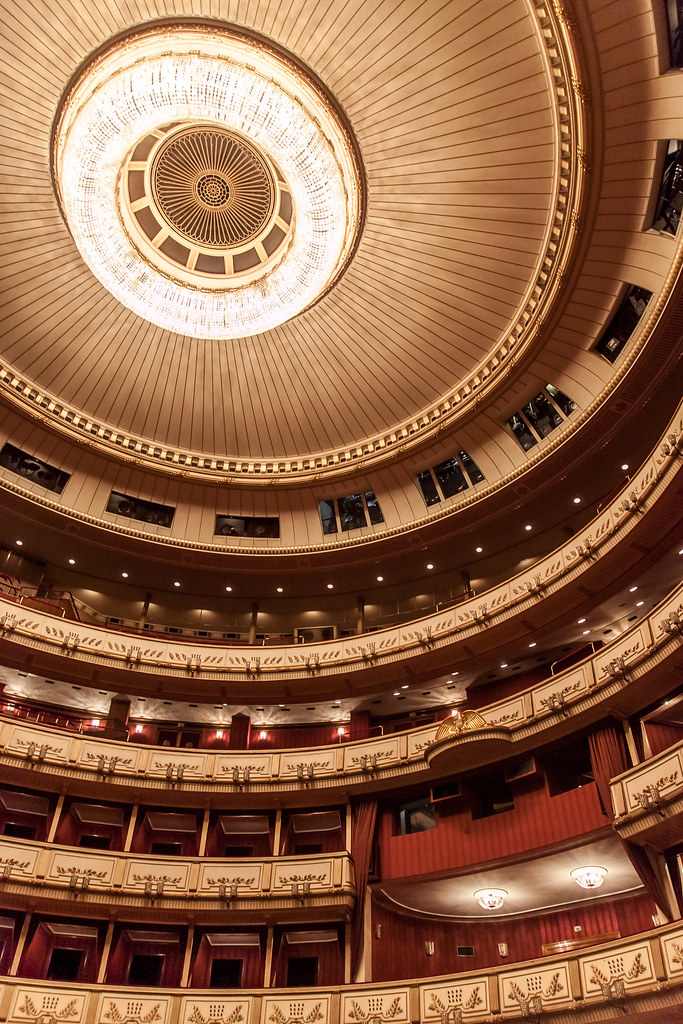
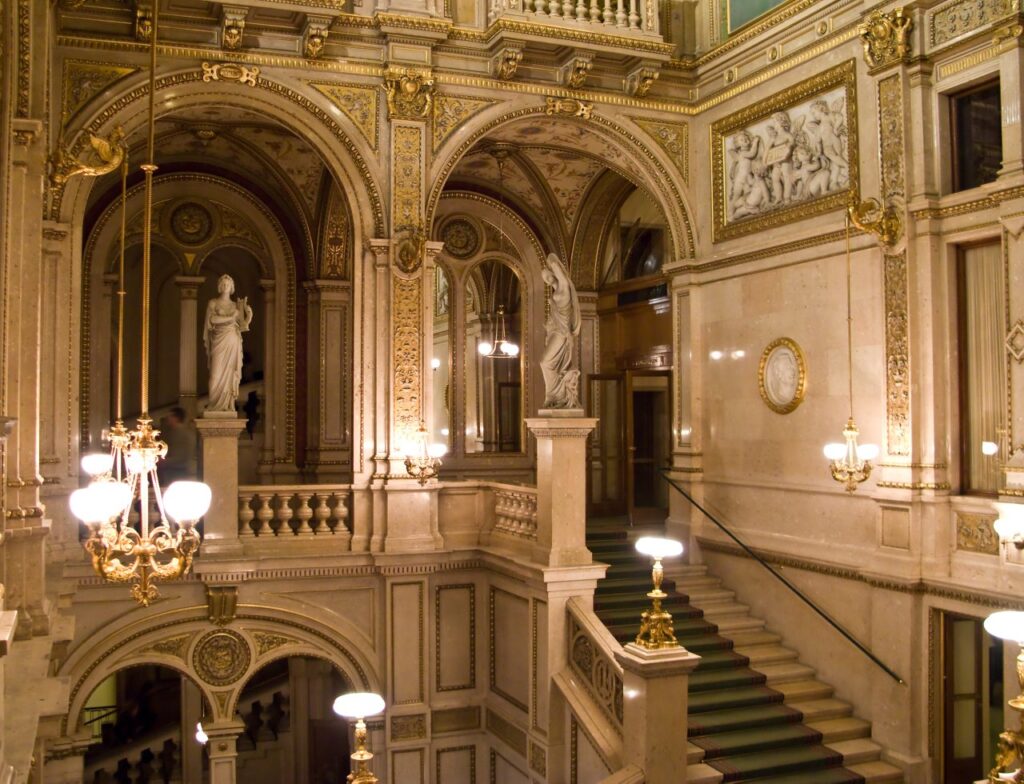

The Vienna State Opera (Wiener Staatsoper) is more than just an architectural marvel; it’s a vibrant hub of musical excellence, standing as one of the foremost opera houses in the world.
Architectural Grandeur: Even before entering, visitors are struck by the building’s majestic neo-Renaissance facade, adorned with statues, intricate carvings, and grand archways. Its interiors, with opulent marble staircases, gilded ornaments, and plush red velvet, exude an atmosphere of timeless elegance.
World-Class Performances: At the heart of the Wiener Staatsoper experience is, of course, the music. With a repertoire that spans from classic operas to contemporary ballets, performances here are helmed by international stars, outstanding orchestras, and world-renowned conductors. Witnessing a production in this historic venue, with its impeccable acoustics, is a dream come true for many music aficionados.
Behind-the-Scenes Tours: For those curious about the inner workings of this cultural institution, guided tours offer a backstage glimpse. These tours navigate through the labyrinth of corridors, workshops, and rehearsal stages, offering insights into the immense effort and precision that go into every performance.
Live Broadcasts: In an initiative to make opera more accessible, the Staatsoper features live broadcasts of performances on a large screen outside the opera house. This allows even those without tickets to partake in Vienna’s rich musical tradition.
Ball Season: The Wiener Staatsoper is also famous for hosting the annual Vienna Opera Ball, a high-society event where the auditorium transforms into a grand ballroom, drawing celebrities and dignitaries from around the world.
Visiting the Vienna State Opera promises not just a musical treat but a holistic immersion into the cultural and artistic soul of Vienna, blending history, architecture, and unmatched performances into one unforgettable experience.
Albertina Museum


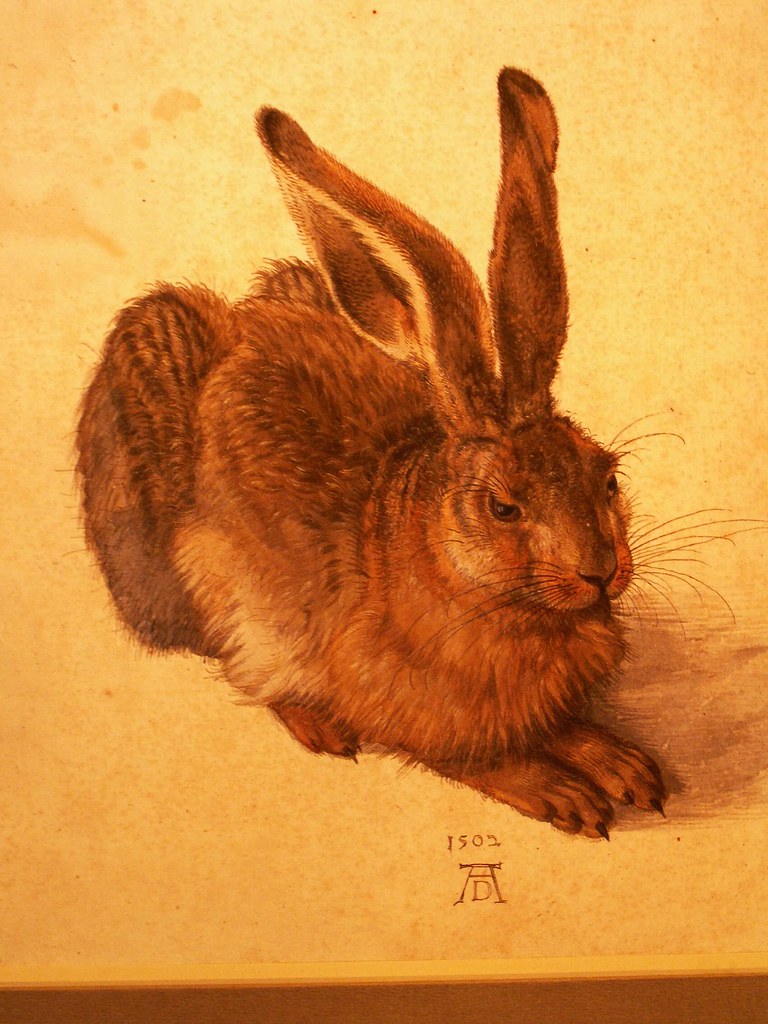
The Albertina Museum in Vienna stands as a beacon of art and culture, housing one of the most significant collections of graphic arts in the world.
Art Collections: The heart of the Albertina experience lies in its vast art collections. Visitors can journey through art history, from the works of Old Masters like Albrecht Dürer and Leonardo da Vinci to those of Impressionist and modern artists like Monet and Picasso. Dürer’s “Young Hare” and Klimt’s studies of women are among the prized possessions of the museum.
Architectural Splendor: Beyond its art, the very architecture of the Albertina is a masterpiece. The grand state rooms, with their neoclassical design, ornate decorations, and historical furniture, offer glimpses into the lives of the Habsburg monarchs who once resided here.
Temporary Exhibitions: The Albertina continually revitalizes its appeal by hosting a plethora of temporary exhibitions. These exhibitions, focusing on various artists, eras, or themes, ensure that there’s always something new to discover, even for repeat visitors.
Photography Collection: Apart from its graphic arts, the museum boasts an impressive collection of photographs, showcasing works from the early days of photography to contemporary pieces, thus highlighting the evolution of this visual art form.
Café and Terrace: After soaking in art, visitors can unwind at the museum’s café, which offers not just delectable Austrian pastries and coffee but also panoramic views of Vienna from its terrace.
A visit to the Albertina Museum is a voyage through centuries of artistic expression, set within the regal ambiance of a historic palace, making it an indispensable part of Vienna’s cultural landscape.
Kunsthistorisches Museum (Museum of Art History)
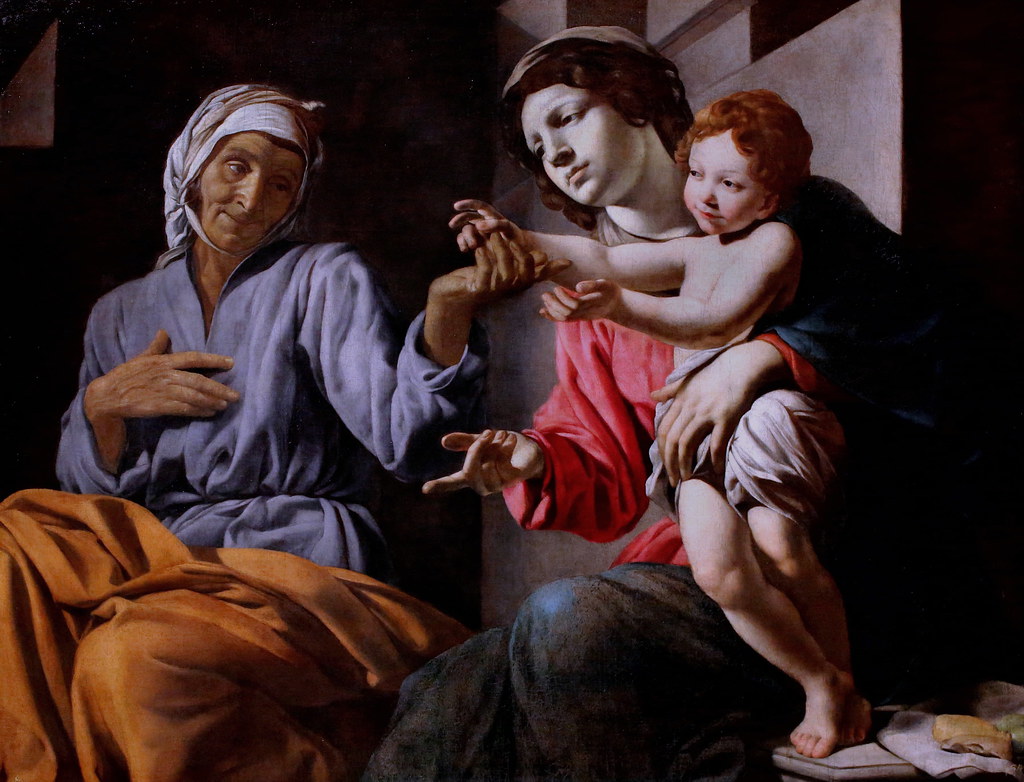
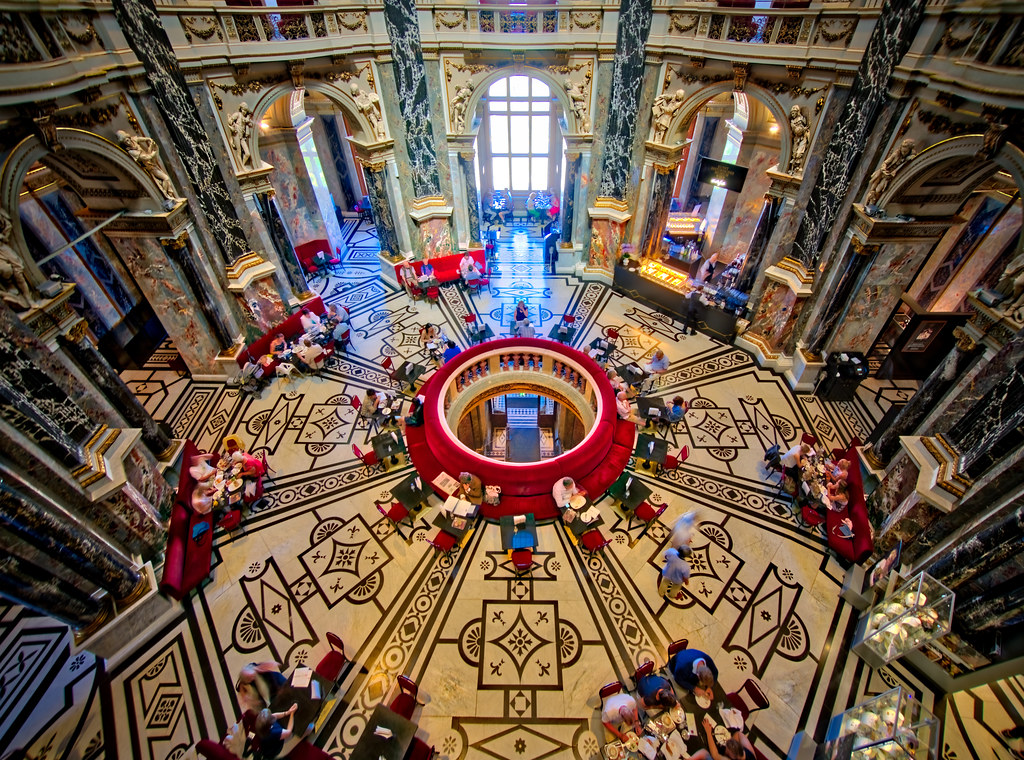


The Kunsthistorisches Museum (Museum of Art History) is a crown jewel in Vienna’s cultural scene, a grand repository of artworks spanning millennia, housed within an architectural masterpiece.
Stunning Collection: The museum boasts a vast array of artistic treasures, from Ancient Egyptian artifacts to the masterpieces of the European Renaissance. The Picture Gallery holds works of titans like Raphael, Vermeer, Velázquez, and Rembrandt, with Bruegel’s collection being a significant highlight, making it one of the most important galleries globally.
Architectural Marvel: Beyond the artworks, the very structure of the museum is a piece of art. Its dome-topped edifice, ornate interiors, grand staircases, and decorative frescoes reflect the grandeur of the Austro-Hungarian Empire, offering a regal backdrop to the artworks.
Varied Exhibitions: The Kunsthistorisches Museum continually refreshes its appeal with rotating special exhibitions. These showcase specific artists, periods, or themes, ensuring a dynamic experience for visitors and a reason to return.
Egyptian and Near Eastern Collection: This section transports visitors back to ancient civilizations, presenting mummies, hieroglyphics, and valuable artifacts that provide a comprehensive view of these age-old cultures.
Kunstkammer: Often referred to as a “cabinet of curiosities”, the Kunstkammer is a unique assemblage of sculptures, decorative arts, and various oddities, including the famed Saliera by Benvenuto Cellini.
Café and Shops: After delving deep into art and history, visitors can take a relaxing break in the museum’s elegant café or browse through the gift shop for souvenirs and art reproductions.
Embarking on a journey through the Kunsthistorisches Museum offers not just a visual treat but a profound appreciation of humanity’s artistic journey, making it a must-visit for art lovers and history enthusiasts alike.
MuseumsQuartier
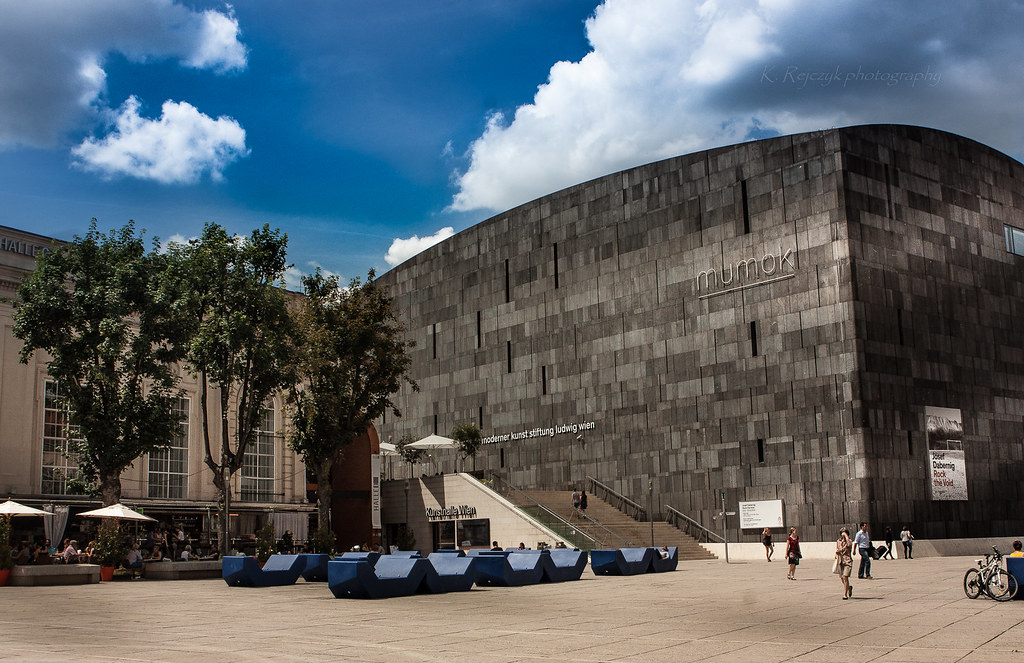

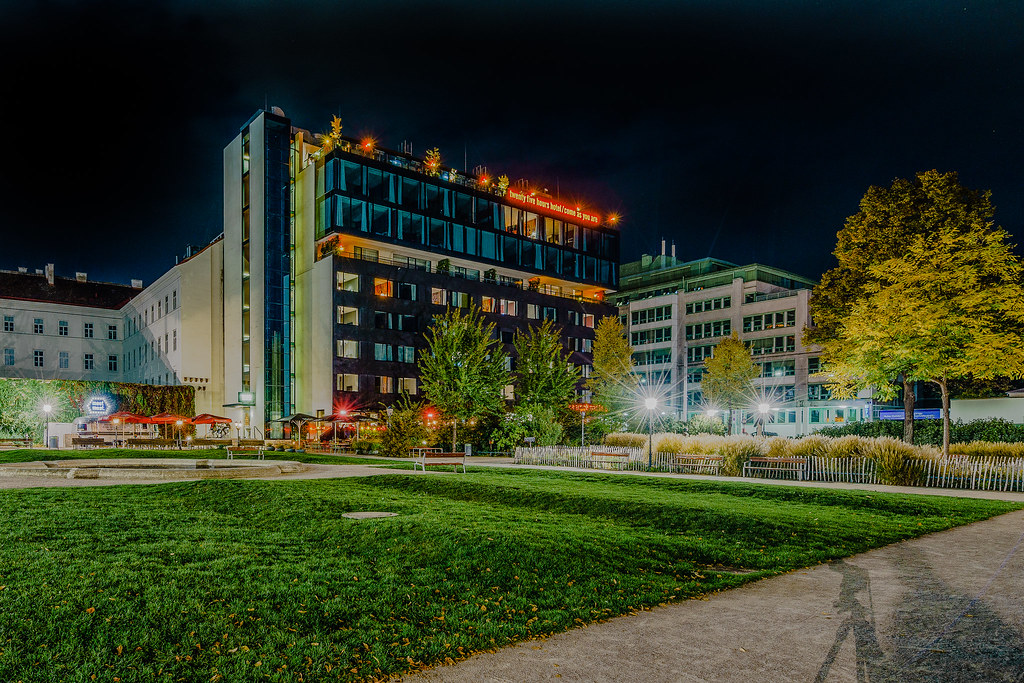
The MuseumsQuartier (MQ) in Vienna is a vibrant cultural hub, merging historic architecture with contemporary design to create one of the world’s most unique art spaces.
Dynamic Ensemble of Museums: At the heart of the MuseumsQuartier lies an eclectic mix of institutions. The Leopold Museum houses an impressive collection of Austrian art, including key works by Egon Schiele and Gustav Klimt. In contrast, the MUMOK (Museum of Modern Art Ludwig Foundation) dives into modern and contemporary art with works from the 20th and 21st centuries.
Architectural Blend: The area beautifully juxtaposes the Baroque buildings of the former imperial stables with modern, innovative architecture. This blend signifies Vienna’s graceful balance between honoring its past and embracing the future.
Cultural Hotspot: Beyond traditional museums, MQ is home to diverse art spaces, including dance theaters, festivals, and temporary art installations. The Zoom Children’s Museum caters specifically to younger visitors, ensuring a creative experience for all ages.
Cafés and Courtyards: The spacious courtyards of MQ offer a perfect place to relax and soak in the atmosphere, often bustling with locals and tourists alike. The numerous on-site cafés and restaurants serve a range of delicacies, from classic Viennese coffee to international cuisines.
Seasonal Events: Throughout the year, the MuseumsQuartier transforms with various seasonal events. Whether it’s the summer cultural festivals, open-air cinema screenings, or the winter markets adorned with lights and ice rinks, there’s always something happening.
A visit to the MuseumsQuartier provides a multifaceted cultural experience, where art, architecture, and leisure seamlessly converge, making it a quintessential stop for anyone exploring the modern pulse of Vienna.
Rathaus (City Hall)
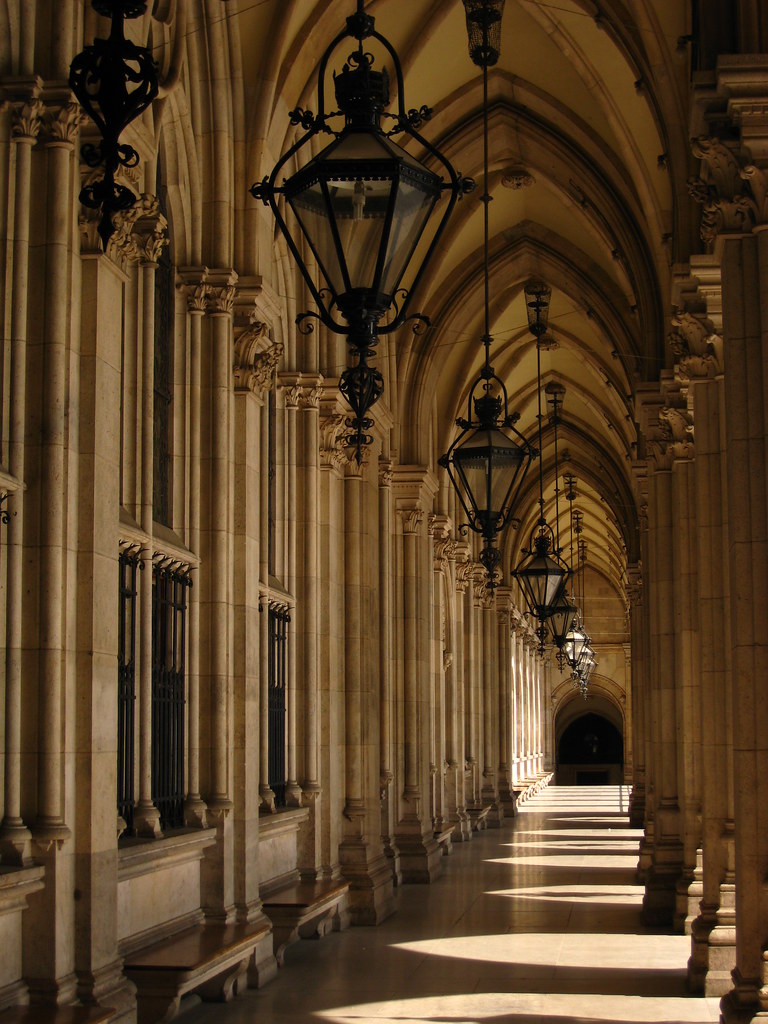
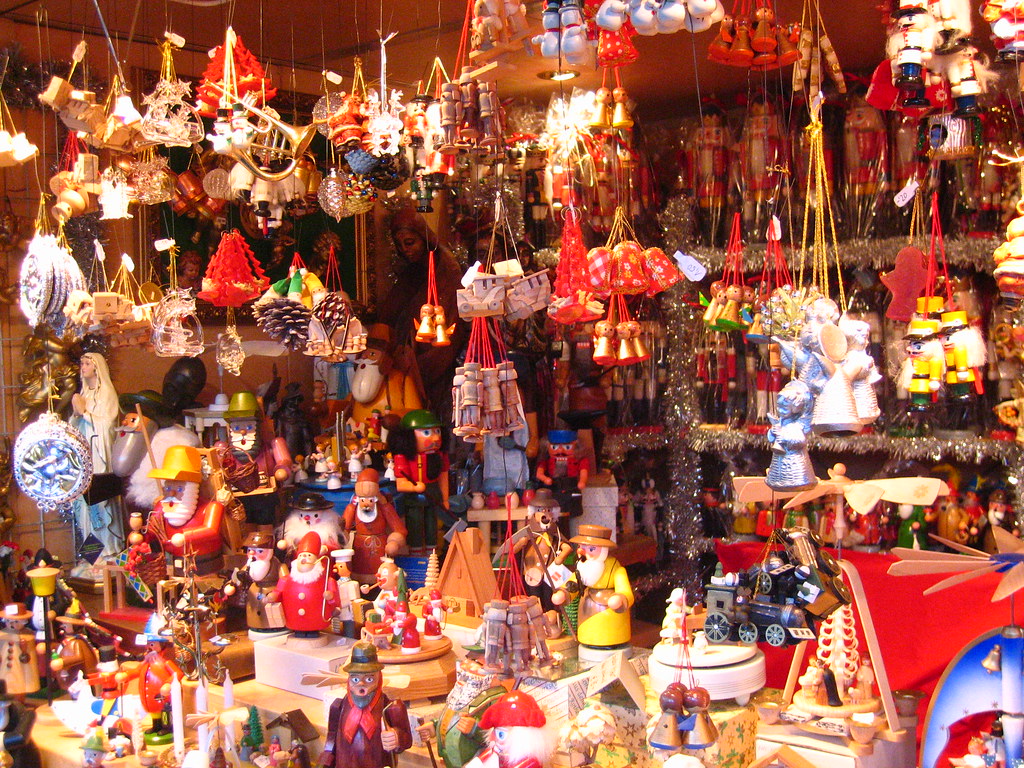

The Rathaus (City Hall) of Vienna stands as an emblem of the city’s historic grandeur and governance, a neo-Gothic architectural wonder that dominates the Ringstraße.
Architectural Majesty: With its tall central tower, pointed arches, and intricate facades, the Rathaus is a classic example of neo-Gothic architecture. Tourists are often awestruck by its detailed ornamentation and the statues adorning its exterior, each narrating tales of Vienna’s history.
Inner Exploration: While the exterior is impressive, the interiors of the Rathaus, with its grand staircases, marble pillars, and ornate halls, are equally captivating. Guided tours often lead visitors through these halls, showcasing the operational heart of Vienna’s city government and offering insights into the city’s administrative history.
Events and Gatherings: The Rathausplatz, the square in front of the City Hall, serves as a focal point for numerous events throughout the year. The most notable are the Christkindlmarkt (Christmas Market) during winter, where the entire square transforms into a festive wonderland, and the Film Festival in summer, offering free screenings with culinary delights from around the world.
Rathauspark: Flanking the Rathaus are the beautifully manicured grounds of the Rathauspark, offering a peaceful retreat with its fountains, statues, and greenery. It’s an ideal spot for relaxation after exploring the architectural magnificence of the City Hall.
Seasonal Ice Rink: In winter, a section of the Rathausplatz metamorphoses into a vast ice-skating rink, attracting both locals and tourists. The experience of skating with the illuminated neo-Gothic backdrop of the Rathaus is truly magical.
A visit to the Rathaus encapsulates both the historic and lively aspects of Vienna, offering tourists a comprehensive experience of the city’s architectural beauty, civic pride, and vibrant community spirit.
Vienna Woods (Wienerwald)
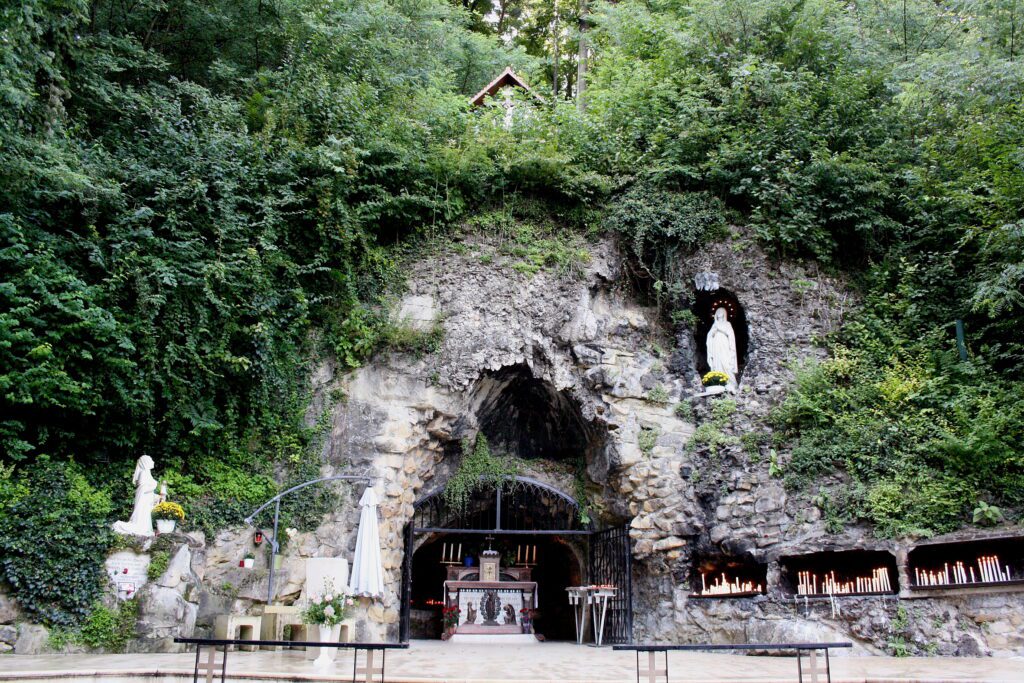
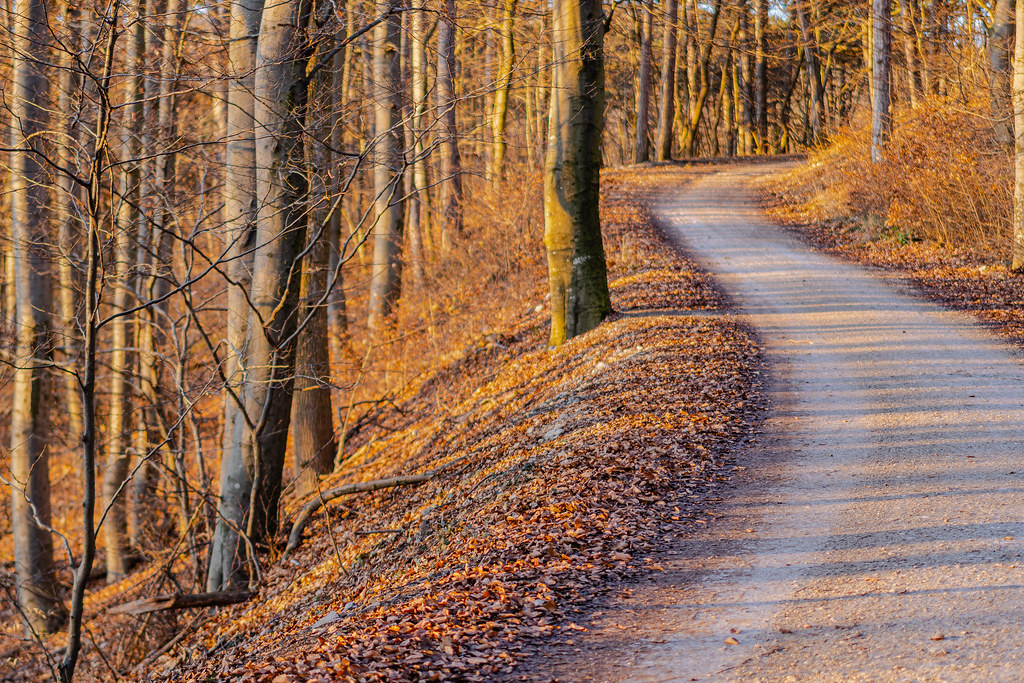
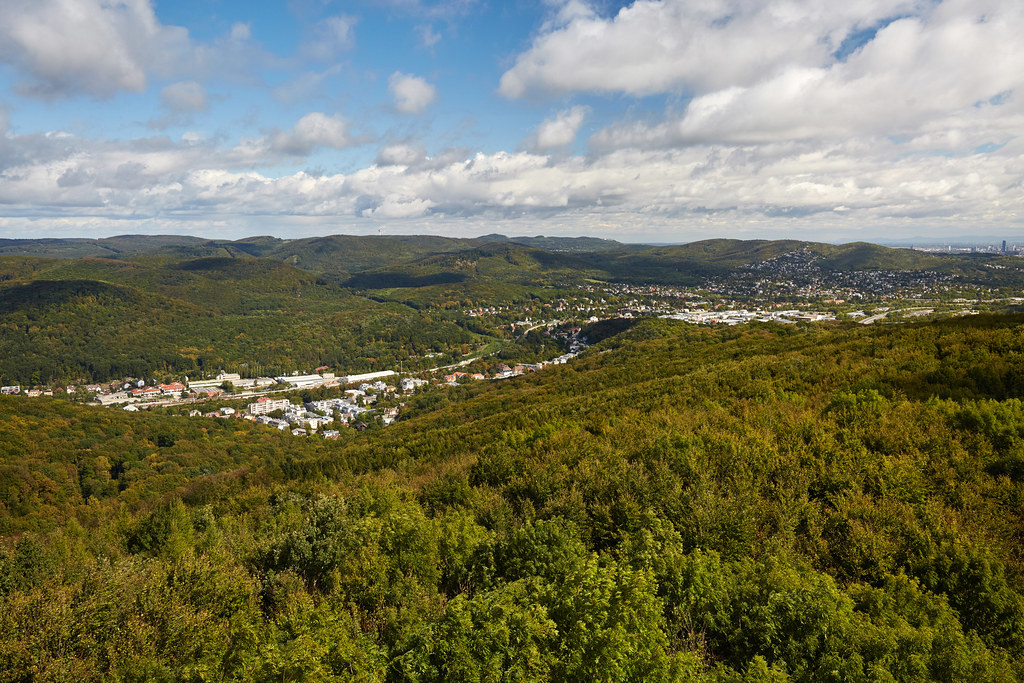
The Vienna Woods (Wienerwald) stretch out as a verdant oasis on the outskirts of Vienna, offering a refreshing natural escape from the urban hustle and encapsulating the harmonious interplay of culture and nature that characterizes the region.
Natural Beauty: The Wienerwald, with its dense forests, meandering streams, and rolling hills, is a haven for nature lovers. The diverse flora and fauna, combined with the changing seasonal landscapes, make every visit unique. Whether it’s the burst of spring wildflowers, the lush green of summer, the golden hues of autumn, or the serene snowscapes of winter, there’s always a reason to explore.
Hiking and Recreation: The Vienna Woods boast an extensive network of well-marked hiking trails suitable for all levels of fitness. These trails lead to scenic viewpoints, historic landmarks, and cozy taverns known as “Heurigen”, where travelers can sample local wines and Austrian delicacies.
Cultural Sites: Interspersed within the woods are several monasteries, castles, and ruins that narrate tales of bygone eras. Notably, the Heiligenkreuz Abbey, a Cistercian monastery founded in the 12th century, remains an epitome of Romanesque and Gothic architecture and offers a meditative retreat.
Thermal Springs: The spa town of Baden, located within the Wienerwald, is renowned for its thermal springs. Visitors flock here to rejuvenate in the healing waters and indulge in spa treatments, making it a perfect blend of relaxation and nature.
Conservation Efforts: Recognizing its ecological and cultural importance, parts of the Vienna Woods have been designated as a Biosphere Reserve by UNESCO. This not only preserves its natural beauty but also ensures sustainable interaction between man and nature.
A visit to the Vienna Woods provides a holistic experience, allowing tourists to immerse themselves in pristine nature, delve into regional history, and indulge in local gastronomy, all within a stone’s throw from the Austrian capital.
Prater and the Giant Ferris Wheel (Riesenrad)
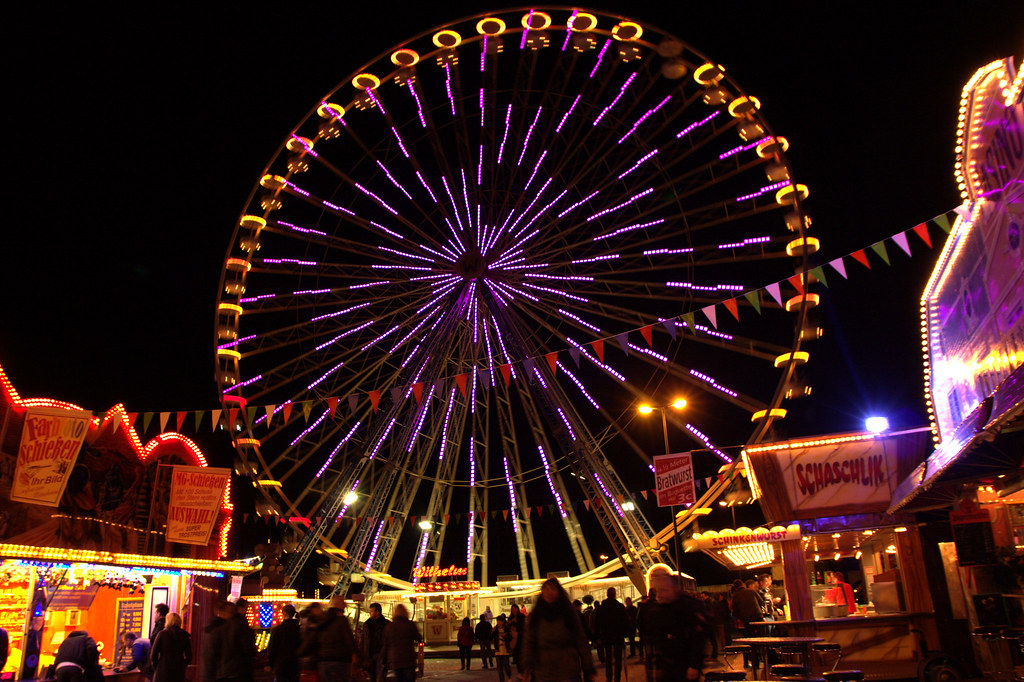
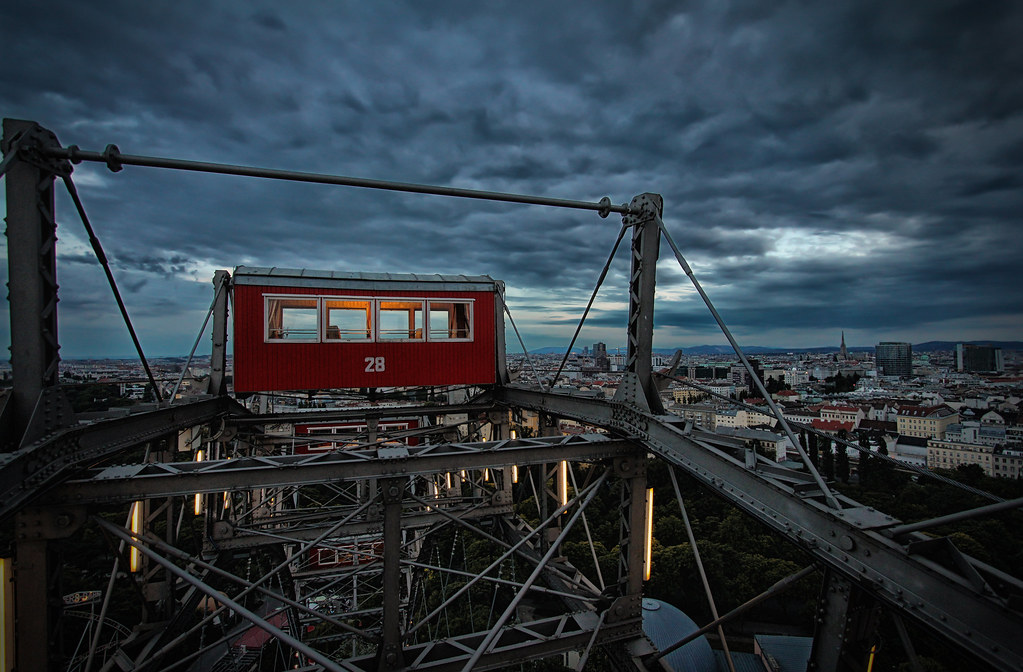

Prater stands as one of Vienna’s most iconic recreational spaces, offering an eclectic mix of amusement rides, expansive parks, and historic attractions. The crown jewel of Prater is undoubtedly the Giant Ferris Wheel (Riesenrad), an enduring symbol of the city’s charm and resilience.
Giant Ferris Wheel (Riesenrad): Towering at nearly 65 meters, the Riesenrad offers panoramic views of Vienna, making it a must-ride for any visitor. Constructed in 1897, this historic wheel isn’t just about the view; it’s also a journey through time, having witnessed the ebbs and flows of the 20th century. The vintage gondolas and slow rotation add to its nostalgic appeal.
Amusement Park: Beyond the Riesenrad, Prater houses an amusement park teeming with a plethora of rides, from adrenaline-pumping roller coasters to whimsical carousels. The vibrant atmosphere, accompanied by the sounds of laughter, music, and the tantalizing scent of snacks, evokes a carnival-like spirit.
Prater Park: Adjacent to the amusement rides, the vast green expanses of Prater Park provide a serene contrast. Lined with chestnut trees, the park’s meadows and trails are perfect for jogging, cycling, or simply relaxing under the shade.
Culinary Delights: Scattered throughout Prater are numerous stalls and restaurants serving Austrian delicacies. A visit isn’t complete without trying a classic sausage from a “Würstelstand” or indulging in sweet cotton candy.
Events and Festivals: Throughout the year, Prater becomes a hub for various events, from music festivals to themed nights at the amusement park. These events, often complemented by fireworks and special performances, add an extra layer of allure to the experience.
Exploring Prater and the Giant Ferris Wheel is a dive into the playful heart of Vienna, where history, entertainment, and nature converge, offering a delightful experience for visitors of all ages.
Spanish Riding School (Spanische Hofreitschule)
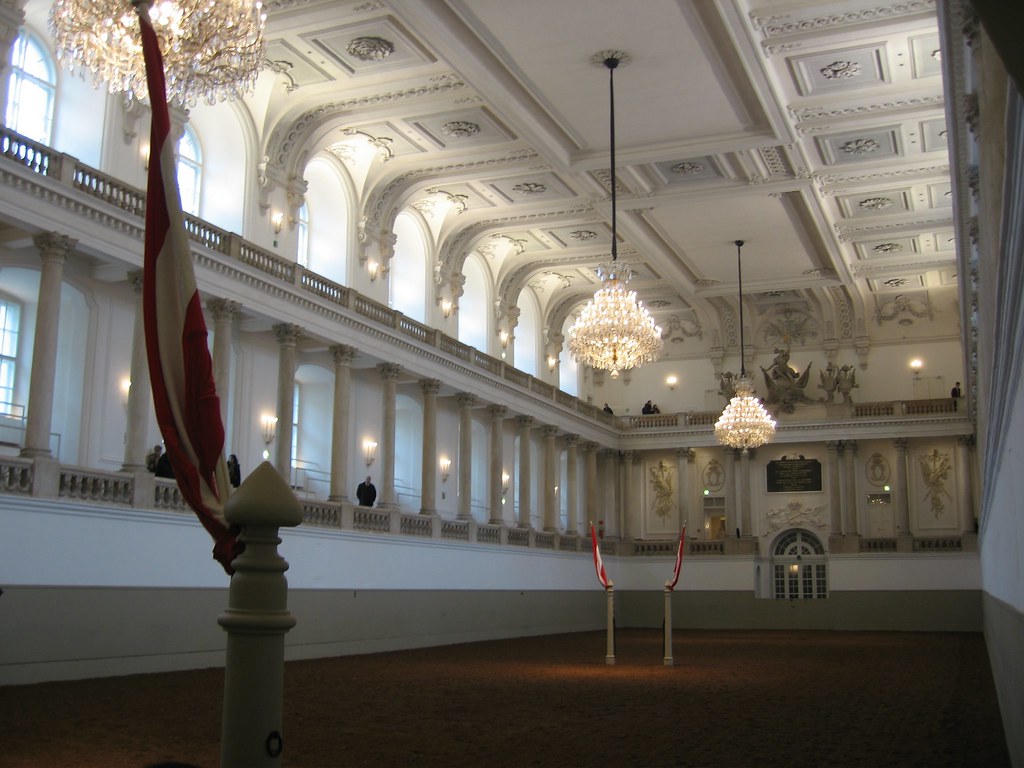
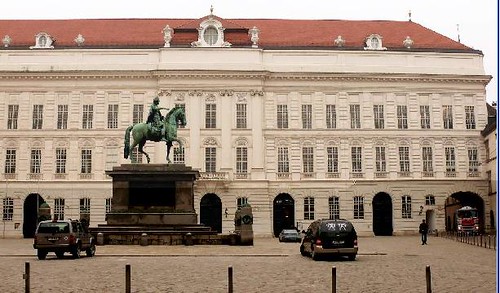
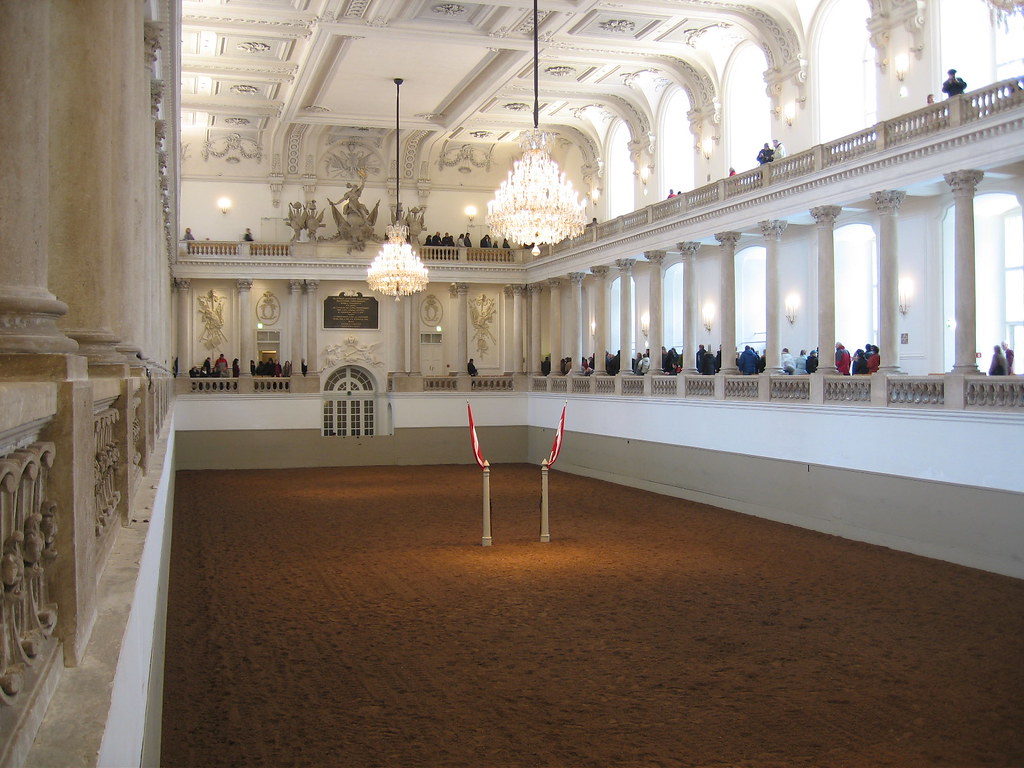
The Spanish Riding School (Spanische Hofreitschule) in Vienna is a living testament to the grandeur and elegance of classical equestrian arts. Located in the heart of the city, this institution embodies a tradition that has been upheld and celebrated for over 450 years.
Classical Dressage Performances: The highlight for most visitors is witnessing the mesmerizing performances of the Lipizzaner stallions. These majestic white horses, along with their expert riders, execute intricate movements with utmost precision and grace, epitomizing the harmony between rider and horse. The routines, set against the backdrop of the school’s ornate indoor riding hall, transport audiences to a world of timeless elegance.
Guided Tours: Beyond the performances, the Spanish Riding School offers guided tours of its historic premises. Visitors get a chance to explore the stables, the tack room, and other behind-the-scenes areas, learning about the rigorous training regimens and the rich history of the institution.
Morning Exercises: For a more informal glimpse into the world of the Lipizzaners, one can attend the morning exercises. This provides insight into the training and conditioning of these splendid animals, accompanied by classical Viennese music.
Architectural Splendor: The architecture of the Winter Riding School, where performances take place, is a marvel in itself. The Baroque hall, with its chandeliers, frescoes, and royal boxes, amplifies the regal experience of the performance.
Educational Programs: The school also offers a range of educational programs and workshops. These sessions delve deeper into the history of classical dressage, the breeding of Lipizzaners, and the nuances of their training.
A visit to the Spanish Riding School is more than just a spectator experience; it’s an immersion into a centuries-old tradition that celebrates the beauty, discipline, and partnership of equestrian arts in the heart of Vienna.
Naschmarkt

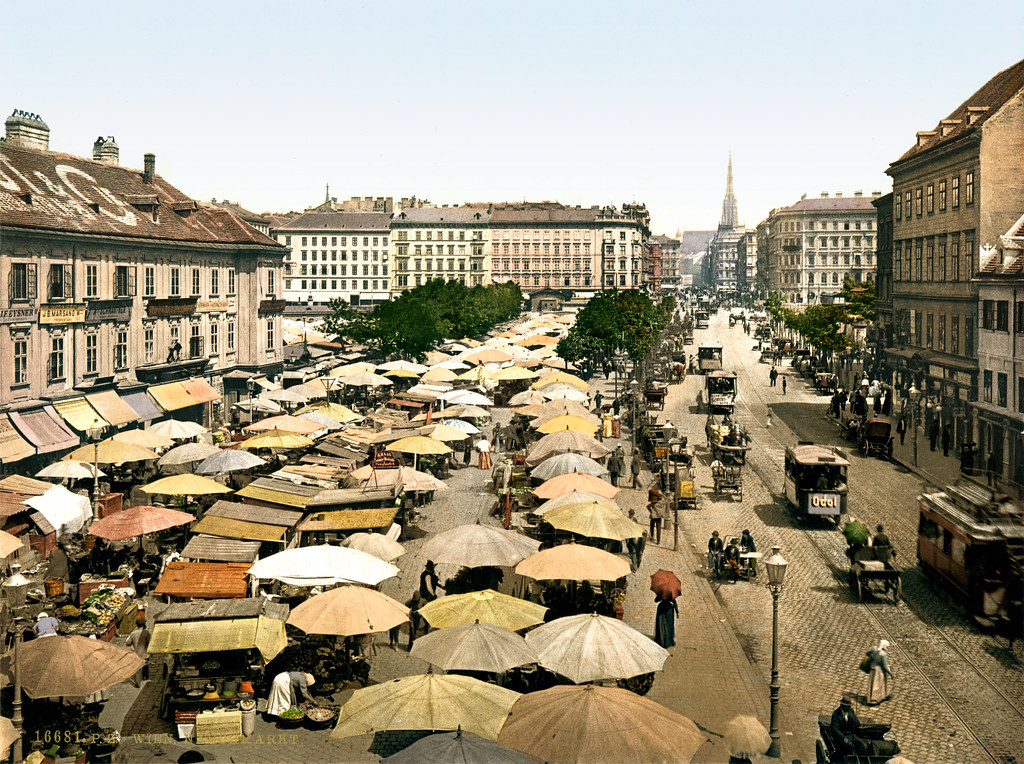
The Naschmarkt in Vienna is not just a market; it’s a pulsating epicenter of culinary delights, culture, and lively interactions, making it a favorite haunt for locals and a must-visit for tourists.
Food Stalls: The heart of the Naschmarkt experience is its vast array of food stalls. Visitors can explore a cornucopia of fresh produce, ranging from vibrant fruits and vegetables to specialty cheeses, meats, and seafood. The sights, scents, and flavors invite you to sample and savor.
International Delicacies: Reflecting Vienna’s cosmopolitan spirit, the market boasts a myriad of stalls offering international foods. From Mediterranean olives to Middle Eastern falafel, Asian spices to Balkan delicacies, the Naschmarkt is a gastronomic world tour.
Cafés and Restaurants: Interspersed among the stalls are numerous cafés and eateries. Whether you’re craving a classic Viennese coffee, a hearty lunch, or just a glass of wine, there’s a spot to sit, relax, and watch the world go by.
Flea Market: Every Saturday, the Naschmarkt extends its allure with a flea market at its western end. Bargain hunters and vintage lovers can rummage through a vast collection of antiques, trinkets, vinyl records, and various curiosities.
Architectural Charm: The market’s location, flanked by historic Art Nouveau buildings, adds an architectural dimension to the experience. It’s not just about shopping and eating; it’s about immersing oneself in Vienna’s urban fabric.
Social Interaction: Part of the Naschmarkt’s charm lies in its bustling atmosphere. The interactions between stall owners, regulars, and tourists—filled with banter, haggling, and shared stories—add a human touch to the market experience.
Venturing into the Naschmarkt is a sensory adventure, offering a tantalizing taste of Vienna’s rich culinary landscape, its multicultural influences, and the everyday rhythm of its people.
Vienna Secession Building
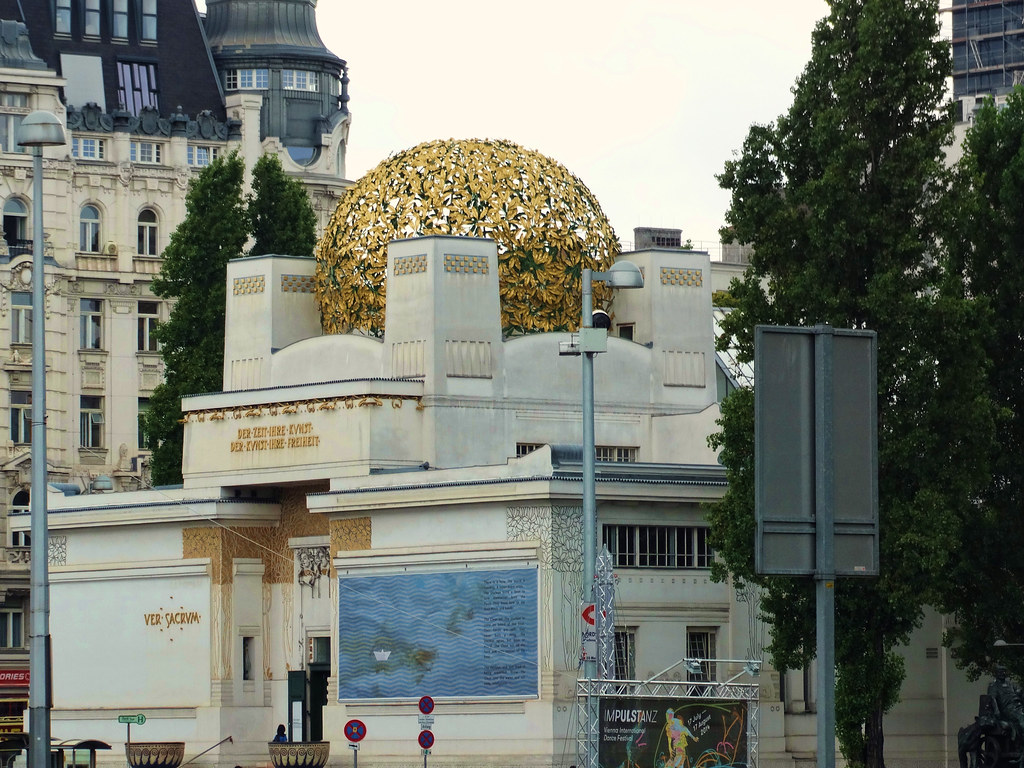

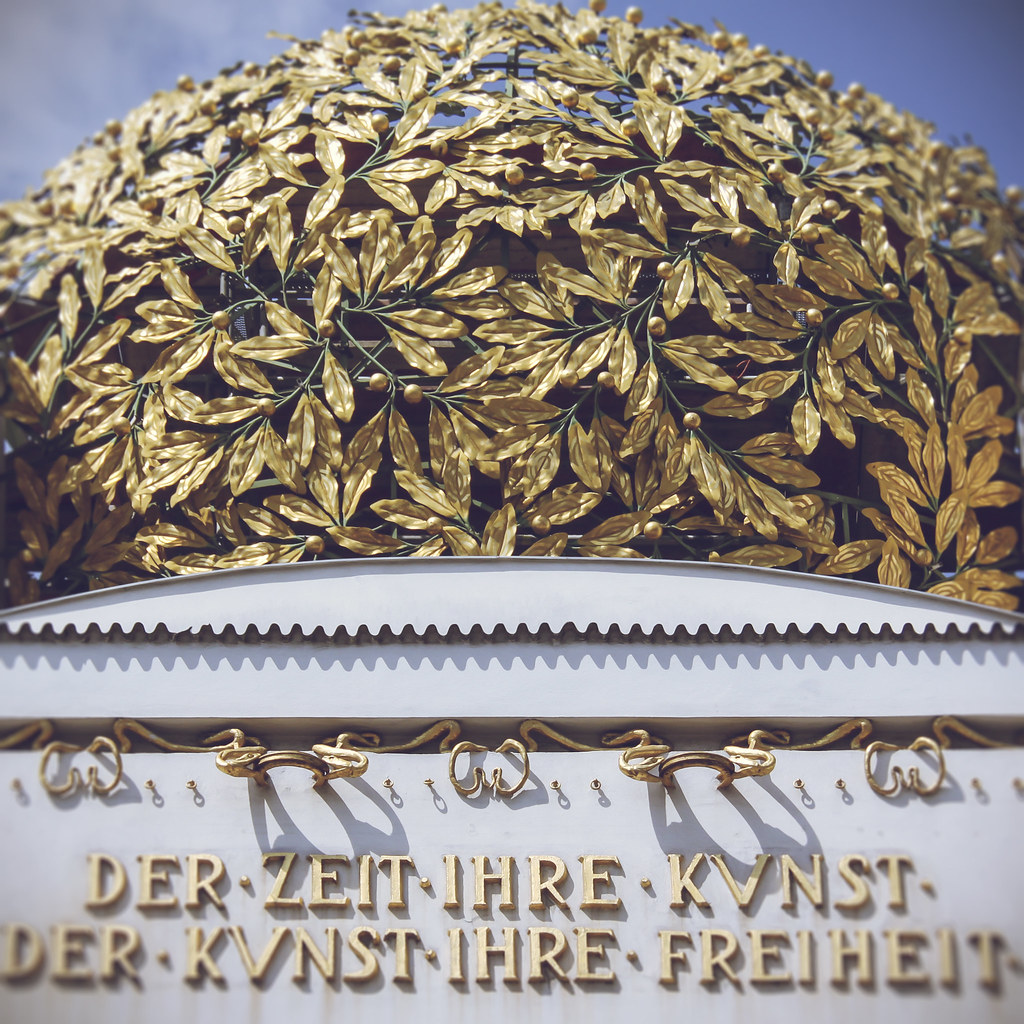
The Vienna Secession Building stands as an iconic testament to the modernist and avant-garde art movement that swept Vienna at the turn of the 20th century. It’s a unique monument to the city’s rich artistic legacy and its desire to break from traditional norms.
Architectural Innovation: At first glance, the building captivates with its distinctive dome made of gilded laurel leaves, often colloquially referred to as the “Golden Cabbage”. The overall design, devoid of historical ornamentation and characterized by clean lines, embodies the Secessionist motto: “To every age its art, to art its freedom.”
Art Exhibitions: Inside, the Secession Building continues to serve its original purpose as an exhibition space. It showcases a rotating collection of contemporary art, keeping the spirit of innovation alive. Visitors can experience a range of artistic expressions, from painting and sculpture to installations and multimedia works.
Beethoven Frieze: One of the building’s highlights is Gustav Klimt’s “Beethoven Frieze”. This masterful mural, inspired by Beethoven’s Ninth Symphony, encapsulates the themes of human longing for happiness and the struggles to achieve it. The intricate symbolism and stunning artistry of the frieze make it a must-see.
Historical Significance: More than just an art venue, the Secession Building is a symbol of a pivotal era in Vienna’s cultural history. It represents the city’s bold push against convention and its embrace of new artistic horizons.
Guided Tours: For those keen on delving deeper into the building’s history and the broader Secessionist movement, guided tours are available. These offer insights into the architects, artists, and societal changes that gave birth to this iconic structure.
Visiting the Vienna Secession Building is not just an art excursion but a journey into a transformative period of Viennese culture, where rebellion, creativity, and vision converged to redefine artistic boundaries.
Hundertwasserhaus
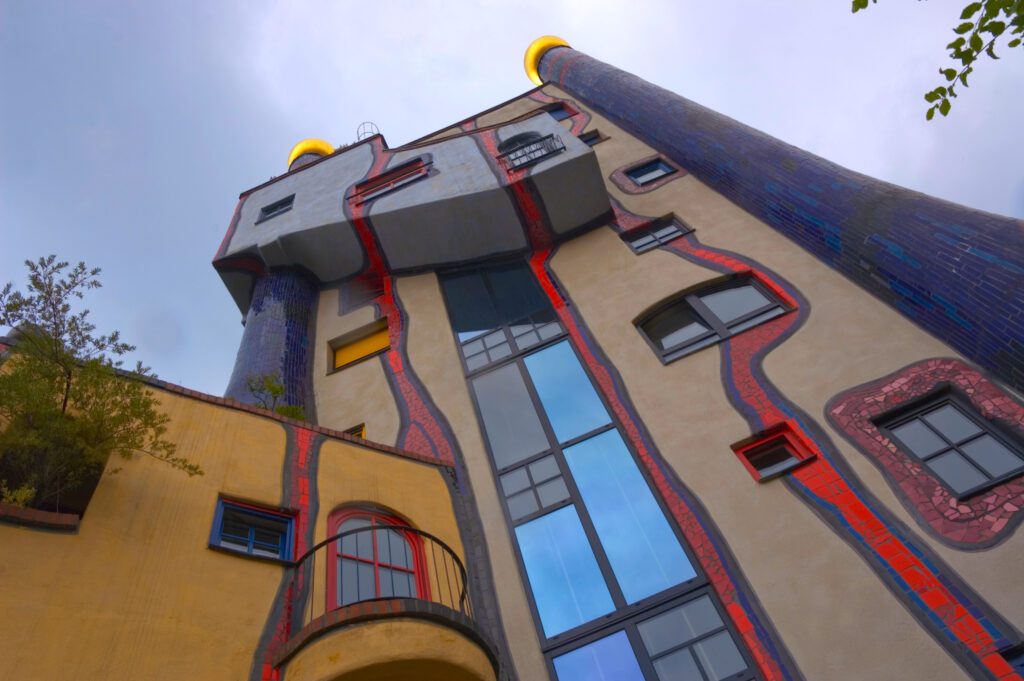
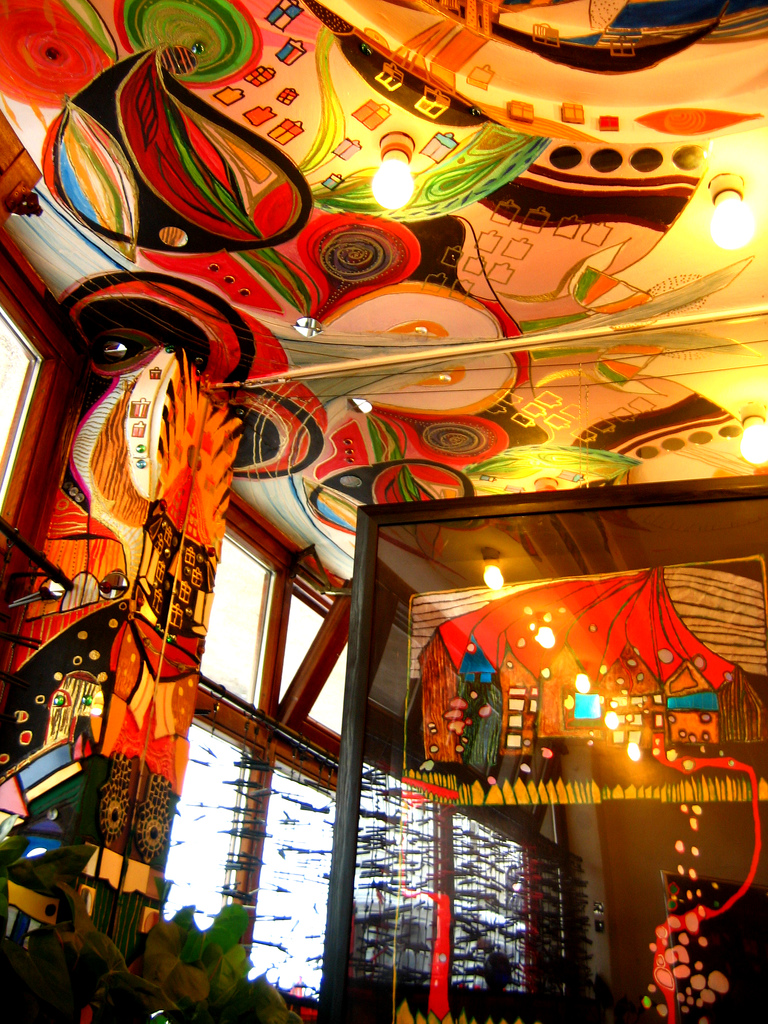


The Hundertwasserhaus in Vienna stands as a vibrant testament to the artistic genius of Friedensreich Hundertwasser, a celebrated Austrian architect and painter. This residential building, with its unconventional design and philosophy, has become one of Vienna’s most visited architectural sites.
Architectural Rebellion: Defying the linear and regular norms of traditional architecture, Hundertwasserhaus dazzles with its undulating floors, a riot of colors, and a façade interspersed with trees and vegetation. It’s a building where nature and architecture harmoniously coexist.
Organic Aesthetics: Rejecting straight lines and monochromatic schemes, the Hundertwasserhaus is characterized by irregular forms, spontaneous curves, and a plethora of colors. Each apartment boasts a unique design, ensuring no two units are the same.
Green Integration: One of the standout features of the building is its integration with nature. Trees grow out from the interiors, reaching out of windows; rooftops are covered in grass, and terraces overflow with shrubs. This seamless blend of the built and natural environment resonates with Hundertwasser’s philosophy of ecological architecture.
Surrounding Area: Adjacent to the Hundertwasserhaus is the Hundertwasser Village, which was formerly a car tire factory. This area, transformed using the same architectural principles, houses cafes, shops, and a museum dedicated to Hundertwasser’s work.
Reflection of Philosophy: More than just a visual spectacle, the Hundertwasserhaus embodies its creator’s beliefs about living in harmony with nature and the importance of individual expression. It’s a structure that challenges conventions and invites visitors to reimagine urban living.
Exploring the Hundertwasserhaus offers tourists a unique perspective on architecture and urban design, showcasing how a building can be both a functional dwelling and a profound artistic statement.
Vienna, Austria’s illustrious capital, shines with landmarks that echo its imperial legacy and vibrant cultural scene. From the grandeur of Schönbrunn and Belvedere Palaces to the historic resonance of St. Stephen’s Cathedral and the Hofburg Imperial Palace, the city weaves a captivating tale of its past. Rounded off by the melodic notes of the Vienna State Opera, this ensemble of attractions showcases Vienna’s unparalleled blend of history, art, and music.

